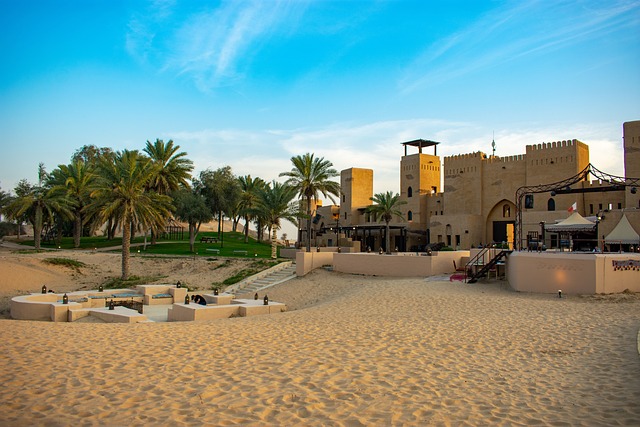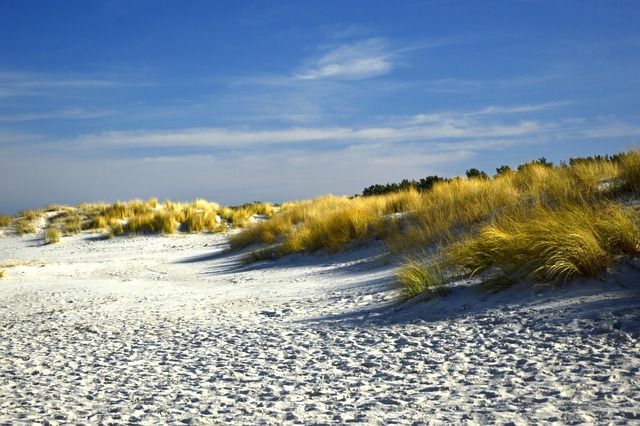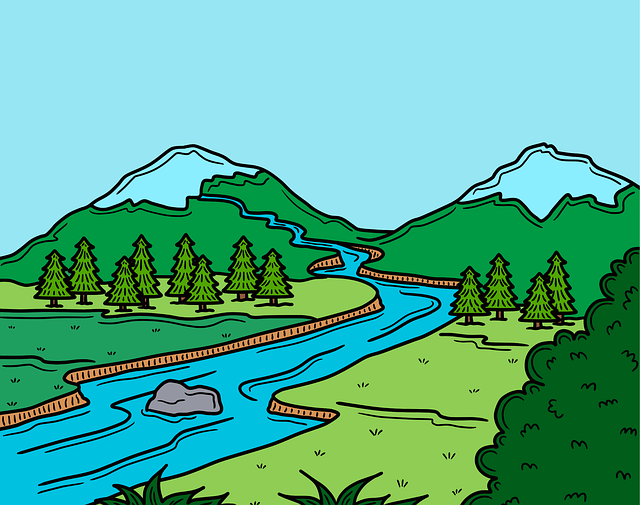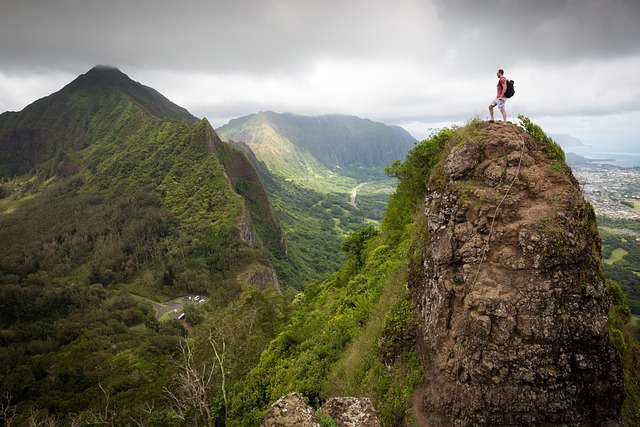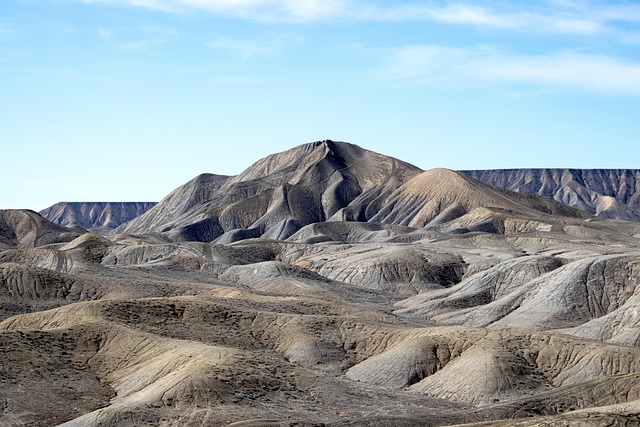Oregon's Dunes National Recreation Area near Florence is a hidden gem boasting an extraordinary ecosystem of shifting sand dunes and diverse microclimates, supporting a vibrant array of plant life. Sandboarding activities offer visitors a thrilling experience of this natural spectacle, highlighting the resilience and beauty of plants thriving in challenging conditions. The area's unique geography and climate create microclimates hosting various plant types, from drought-tolerant species to lush ferns, enriching the sandboarding experience with diverse habitats and specialized adaptations. Conservation efforts are crucial to protect this biodiversity as sandboarding gains popularity in Florence, ensuring long-term survival of rare plant varieties while balancing nature enjoyment and ecological integrity.
“Oregon’s Dunes National Recreation Area is a captivating landscape, offering more than just breathtaking views. This unique ecosystem boasts an astonishing array of plant life diversity, from resilient grass species to vibrant wildflowers. In this article, we explore the intricate relationship between climate, geography, and plant survival in these delicate habitats.
From sandboarding adventures in Florence to the conservation efforts protecting these fragile ecosystems, discover how Oregon’s dunes serve as a thriving home for a variety of flora. Uncover the secrets of this diverse plant life and its significance in maintaining ecological balance.”
- Unveiling Oregon's Dune Ecosystem: A Unique Habitat for Diverse Plant Life
- Sandboarding in Florence: An Adventure Amidst the Dunes
- The Role of Climate and Geography in Shaping Plant Diversity
- Conserving Oregon's Dunes: Protecting Delicate Plant Species
Unveiling Oregon's Dune Ecosystem: A Unique Habitat for Diverse Plant Life
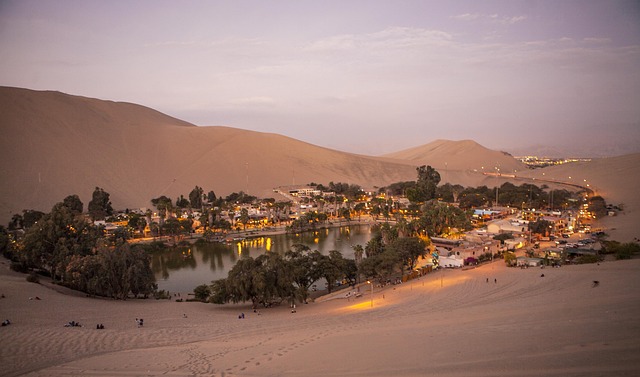
Oregon’s Dunes National Recreation Area, stretching along the coast near Florence, is a hidden gem boasting an extraordinary ecosystem. This unique habitat, characterized by shifting sand dunes and diverse microclimates, supports an astonishing array of plant life. From resilient grasses to adaptable shrubs, each species plays a vital role in this delicate balance.
The area’s dynamic nature, where winds sculpt the sands and periodic wildfires clear vegetation, creates a constantly evolving landscape. This environmental variability allows for the coexistence of various plant types, contributing to Oregon Dunes’ remarkable biodiversity. Activities like sandboarding in Florence offer visitors a chance to witness this natural spectacle, showcasing the resilience and beauty of plant life thriving in an otherwise challenging environment.
Sandboarding in Florence: An Adventure Amidst the Dunes

Sandboarding in Florence offers an exhilarating adventure for nature enthusiasts, allowing them to experience the unique terrain of Oregon’s Dunes National Recreation Area. This captivating activity takes place amidst towering sand dunes, providing a thrilling escape from the bustling city nearby. With its pristine beaches and ever-shifting sands, Florence becomes a playground for thrill-seekers seeking an outdoor thrill.
The dunes here are not just a backdrop; they actively contribute to the overall experience. The smooth, sloping surfaces offer the perfect canvas for sandboarders to glide and dance down, creating a symphony of controlled chaos. This activity is not just about speed; it’s an art form that lets participants connect with nature in a truly immersive way, making it a must-try for anyone visiting Florence, especially those who crave an adrenaline rush in a natural setting.
The Role of Climate and Geography in Shaping Plant Diversity
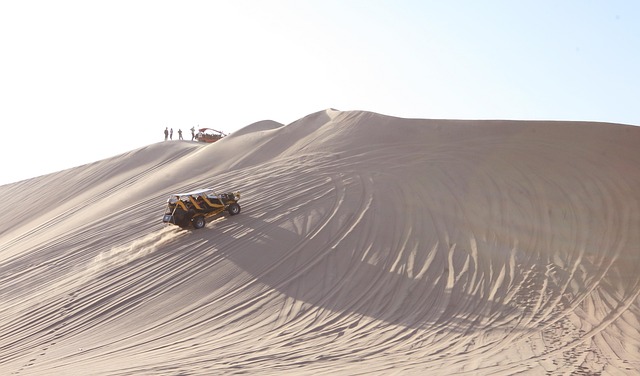
The unique geography and climate of Oregon Dunes play a pivotal role in shaping its diverse plant life. This region, characterized by expansive sand dunes and coastal landscapes, experiences a wide range of microclimates due to its proximity to the Pacific Ocean. The cool, moist air from the ocean meets the warm, dry interior, creating pockets of varying temperature and humidity that support an array of flora. For instance, the higher dunes often host drought-tolerant species while the lower, wetter areas are home to lush vegetation like ferns and mosses.
Sandboarding enthusiasts in Florence, Oregon, can appreciate how these environmental factors contribute to the area’s natural beauty and biodiversity. The diverse terrain, from rugged dunes to secluded beaches, offers a variety of habitats that foster the growth of specialized plants. This intricate relationship between climate and geography forms a dynamic ecosystem where plant species have adapted to thrive in their specific niches, making Oregon Dunes a fascinating study site for botanists and nature enthusiasts alike.
Conserving Oregon's Dunes: Protecting Delicate Plant Species

Oregon’s dunes are a unique and delicate ecosystem, home to a diverse range of plant life that has adapted to survive in challenging conditions. Conserving this biodiversity is essential, especially with activities like sandboarding gaining popularity in areas like Florence. The vast expanses of sand provide a testing ground for specialized plants, many of which are found nowhere else on Earth. These resilient species have evolved intricate root systems to anchor themselves and unique adaptations to store water during dry spells.
Efforts to protect these dunes involve strict regulations and conservation initiatives. By preserving this natural wonder, visitors can enjoy activities like sandboarding while also ensuring the long-term survival of rare plant varieties. This balance is crucial for maintaining the ecological integrity of the area, allowing both nature enthusiasts and local flora to thrive.


